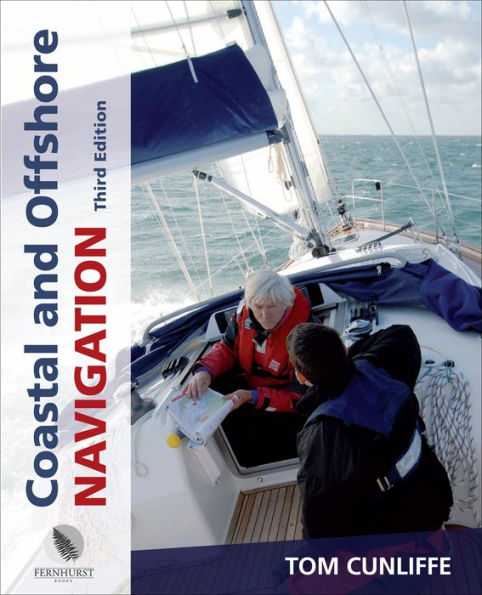

eBook
Available on Compatible NOOK devices, the free NOOK App and in My Digital Library.
Related collections and offers
Overview

Product Details
| ISBN-13: | 9781912177356 |
|---|---|
| Publisher: | Fernhurst Books Limited |
| Publication date: | 01/02/2009 |
| Sold by: | Bookwire |
| Format: | eBook |
| Pages: | 160 |
| File size: | 61 MB |
| Note: | This product may take a few minutes to download. |
About the Author
Read an Excerpt
1 Charts, publications and essential chartwork
In the long twilight that preceded the general availability of good navigational charts, our coastal waters teemed with small craft operated by fishermen. These remarkable seafarers would not have recognised an Admiralty Chart if you had given them one; many would have been unable to read the words on it in any case, yet most of them stayed out of difficulty for a lifetime. They did their navigation by the same rule-of-thumb pilotage tricks that we use today – and a whole lot more we’ll never know about. The chart was there all right, but it wasn’t made of paper and they carried all its data in their heads. Although it did not matter to them, most of these fishermen only had a very small folio of mental charts. Two, or maybe three, was their lot. Take them a hundred miles from home, send them off to sea and they’d have been in deep trouble. Today, we are lucky. By using readily available charts we can relate what we see above the water to what lies beneath its surface anywhere on the planet. As a result, we are able to perform almost as well as the fisherman, not only on his home ground but anywhere we choose to operate. Charts may form the basis of our navigation, but to use them fully, further information is required. Tides and other ephemeral data are found in almanacs. The bare essentials of the charted data are expanded and given vital colour by pilot books. Today’s almanacs are highly comprehensive and supply some basic pilotage information. While useful, however, this is no substitute for the real thing.
Paper Charts and Their Use
While many sailors navigate exclusively on electronic charts accessed via a PC or hardware plotter, many still prefer to use paper charts as their primary system, backed up by GPS and perhaps a small chart plotter. Even if electronic charts are the preferred first port of call, everyone must still have full paper backup for the gruesome day when the volts gurgle down some unexpected electronic plughole or the GPS system is switched off at source, for reasons we at the moment can only guess at. In other words, paper charts confer navigational independence. They remain the bedrock of our security and we all must retain a full understanding of what they offer.
Admiralty Charts
These are produced in all the different scales required to navigate successfully in British waters. They are available for most foreign waters as well but, in some cases, the locally produced chartsare better for detailed navigation. If you were proposing to visit France, for example, you would be well advised to get hold of the French charts for the area you are intending to sail. Admiralty Charts, see Figure 1-1, will get you to most places and take you safely into the main harbours, but not even the UK Hydrographic Office can produce large-scale charts for all the inlets and anchorages of every coast upon Earth. Be aware of this if you are going beyond home waters and make suitable enquiries before you leave.
Standard Charts
The full-sized charts containing all the information available from the latest surveys are called Admiralty Standard Charts. These are sold by official chart agents and are up-to-date at the point of sale. The physical size of them can make for awkwardness on a small yacht’s chart table but, with practice, folding them is less of an issue than it may at first appear.
Leisure Editions
Leisure Edition Charts are sold already folded up in individual plastic wallets. They feature exactly the same information as the equivalent standard Admiralty Charts, but are printed on water-resistant paper said to withstand more rigorous use than the cartridge paper of the Standard Chart. Each Leisure Edition Chart is republished with a new edition to coincide with the Standard Chart on which it is based
